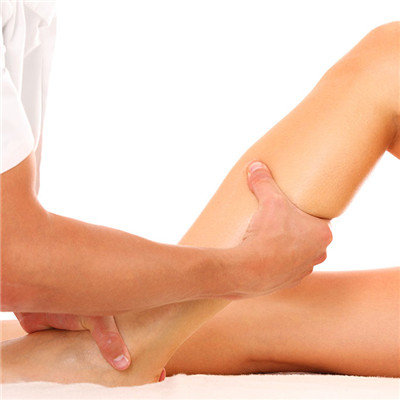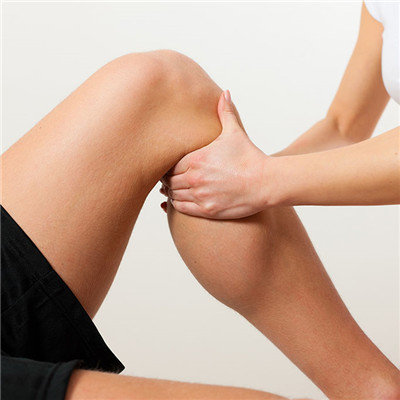Synovitis symptoms?
summary
Synovitis, etc. Knee joint is the most synovial joint in the whole body, so synovitis is more common in knee joint. When the joint is affected by external and internal factors, the synovium reacts, causing congestion or edema, and exudates fluid, showing joint swelling, pain, joint cavity effusion, limited activity, etc. If not treated in time, it will affect the normal activity of the joint, and cause damage to the joint or even invalid. Synovitis symptoms? Let's talk about it
Synovitis symptoms?
The onset of the disease can be slow or acute, knee joint pain, swelling, local temperature increase and limited joint activity. The severity of symptoms is related to the nature of the disease and the amount of intra-articular effusion. When the knee joint flexes actively, the pain increases, and there is a sense of swelling. During the examination, the tenderness point was uncertain, and the floating patella test was positive.

Chronic synovitis is characterized by knee joint pain and swelling, which is more obvious after increased activity. When checking the activity of the knee joint, you can feel the sense of friction and touch the thickened bursa. Most patients had quadriceps atrophy. Floating patella test was positive.

Knee flexion and extension activities are limited, squatting is difficult and accompanied with pain, there may be pressure pain points around the joint, and the floating patella test is positive. MRI is helpful to judge the nature and severity of synovitis.

matters needing attention
Generally take rest and oral non steroidal anti-inflammatory drugs. If we use the scheme of limb immobilization, the fixation time should not be too long, so as to avoid serious muscle atrophy and joint stiffness, and we should carry out functional exercise under the guidance of doctors. Manipulative therapy is usually used to improve joint function and has no direct therapeutic effect on synovitis.














